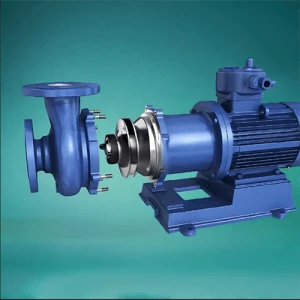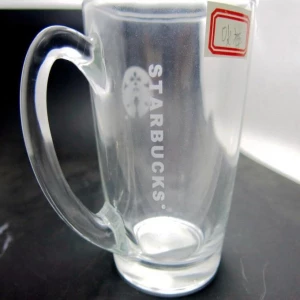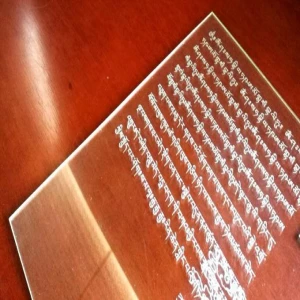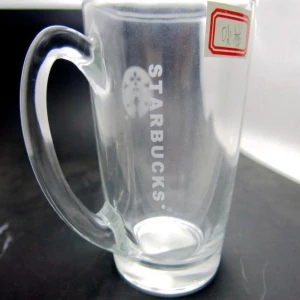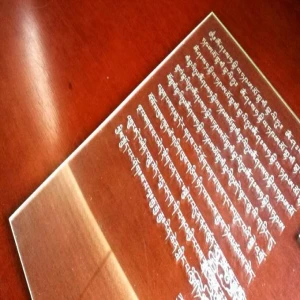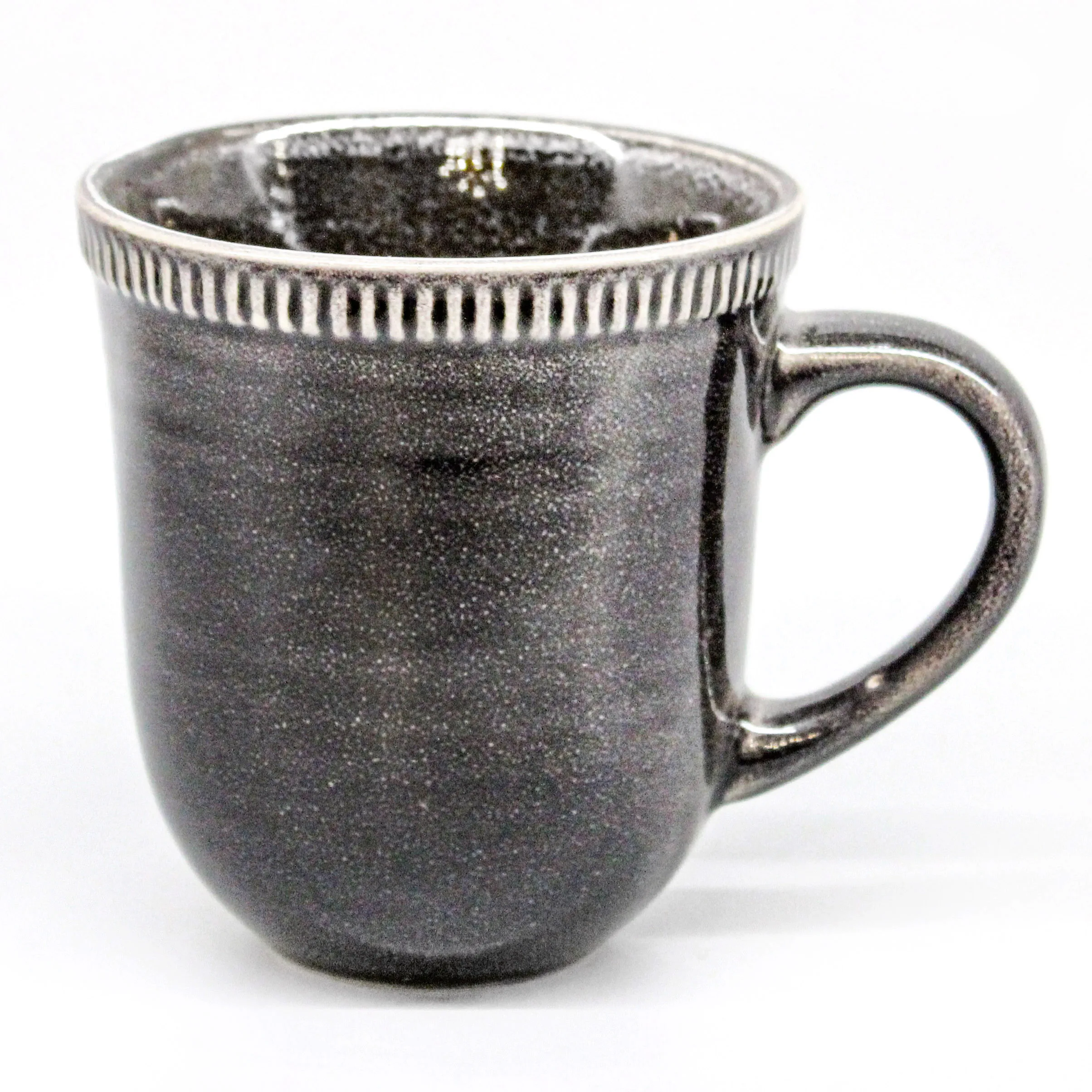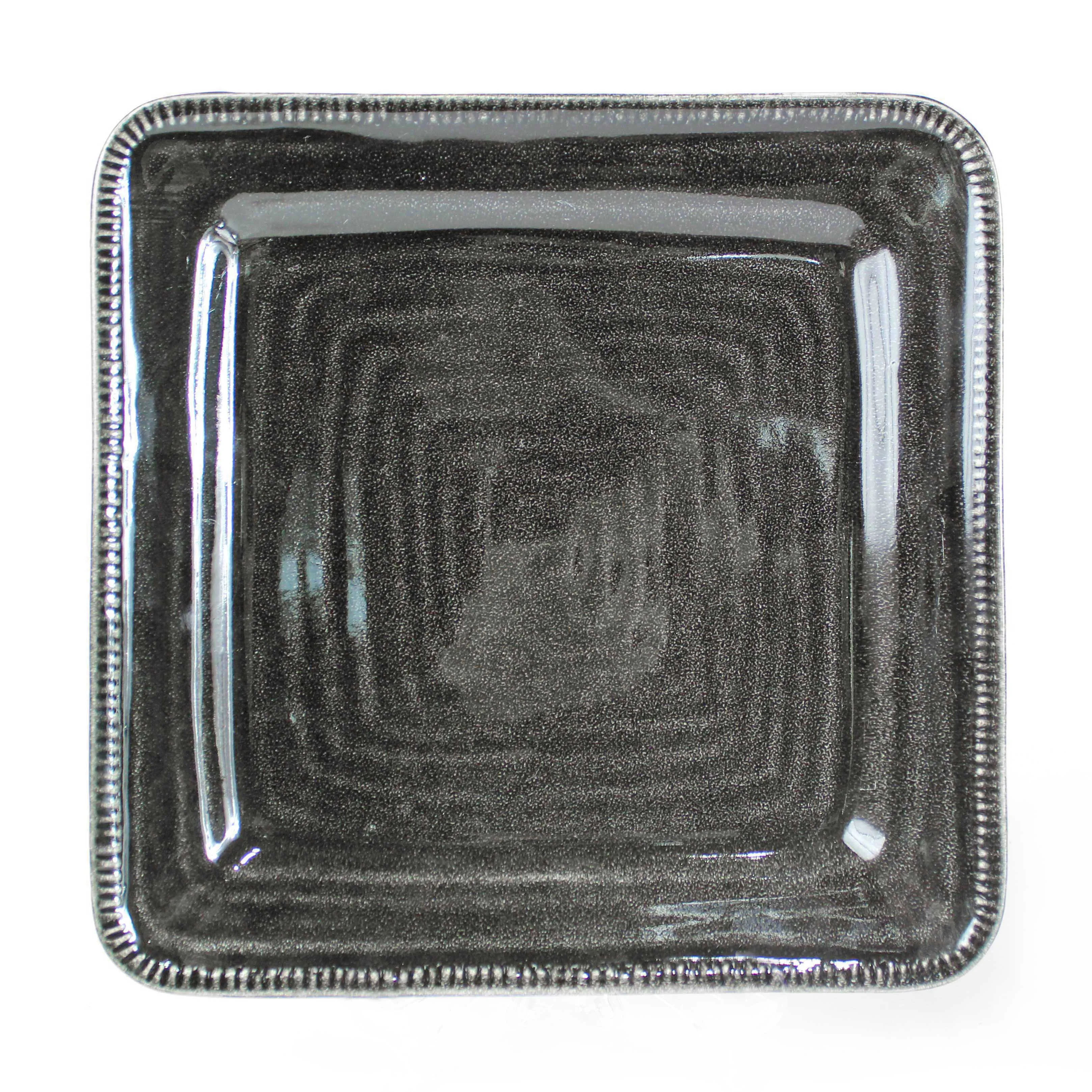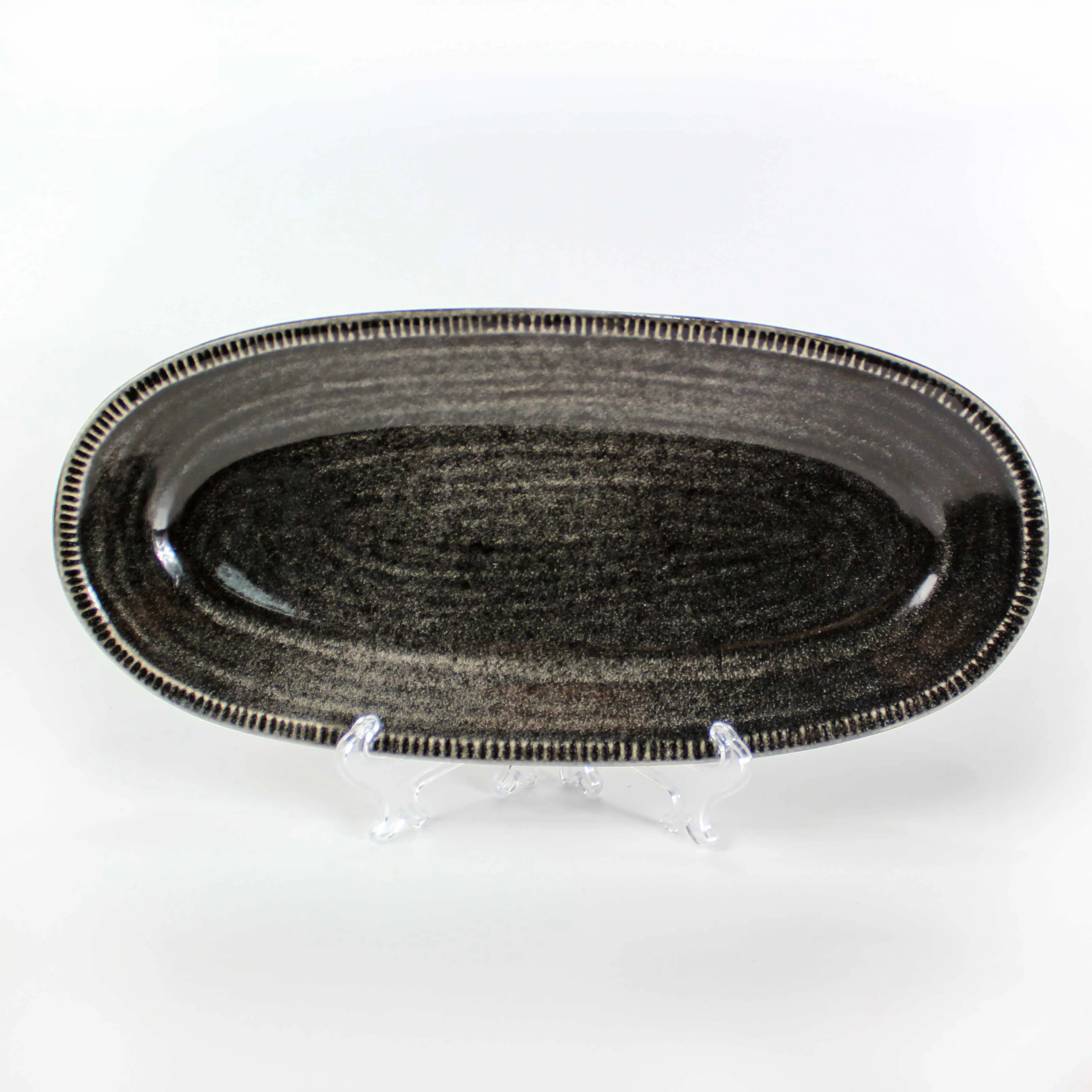Electrical Ceramics: Key Considerations for Buyers in 2025
Electrical ceramics play a vital role in modern electronics, offering unique properties like high insulation, thermal stability, and durability. As demand grows, buyers need to understand how to source quality materials efficiently. This guide covers everything from types to supplier selection.
How to Find Reliable Electrical Ceramics from China in 2025
China remains a leading producer of electrical ceramics, but finding trustworthy suppliers requires careful evaluation. Look for manufacturers with:
- ISO 9001 certification
- Minimum 5 years of production experience
- Transparent pricing models
- Third-party quality testing reports
Platforms like Alibaba verify suppliers, but always request samples before large orders. The best producers typically specialize in 2-3 ceramic types rather than offering everything.
What Buyers Should Know Before Buying Electrical Ceramics from China
Key considerations include:
- Lead times (typically 4-8 weeks for custom orders)
- MOQ requirements (often 500-1000 units)
- Shipping costs (ceramics are fragile and heavy)
- Import duties (varies by country)
Case Study: A German electronics firm reduced costs by 22% switching to a Shenzhen-based supplier after verifying their RoHS compliance and batch testing procedures.
Types of Electrical Ceramics
Major categories include:
Insulating Ceramics
Alumina (Al2O3) and steatite for circuit boards and housings
Piezoelectric Ceramics
PZT materials for sensors and actuators
Semiconductive Ceramics
Used in thermistors and varistors
Functions and features of Electrical Ceramics
These materials excel in:
- Withstanding 500-1000°C temperatures
- Maintaining dielectric strength above 10kV/mm
- Resisting chemical corrosion
- Providing precise dimensional stability
Modern formulations can achieve thermal conductivity rivaling some metals while remaining electrically insulating.
Scenarios of Electrical Ceramics
Common applications:
- Power transmission insulators
- Electronic packaging
- Medical imaging equipment
- Automotive sensors
- 5G base station components
The global market is projected to reach $12.8 billion by 2027, driven by renewable energy and EV adoption.
How to Choose Electrical Ceramics
Selection criteria:
- Match material properties to operating conditions
- Verify supplier's testing capabilities
- Compare total cost including logistics
- Check for industry-specific certifications
- Evaluate custom formulation options
Tip: For high-frequency applications, low dielectric loss ceramics like MgTiO3 perform best.
Electrical Ceramics Q & A
Q: What's the typical lifespan of electrical ceramics?
A: Properly specified ceramics can last 15-20 years in most applications, far exceeding plastic alternatives.
Q: How do Chinese prices compare to Western suppliers?
A: Chinese manufacturers typically offer 30-50% lower prices for comparable quality, with shorter lead times than European producers.
Q: Can ceramics replace plastics in all electronic components?
A: While superior for high-temperature applications, ceramics may be cost-prohibitive for consumer electronics where plastics suffice.
Q: What's the minimum order quantity for custom formulations?
A: Most Chinese suppliers require 500kg-1 ton for custom compositions, with 3-4 month development time.
Q: How to verify ceramic quality before shipment?
A: Request third-party testing reports for dielectric strength, thermal shock resistance, and dimensional accuracy.




